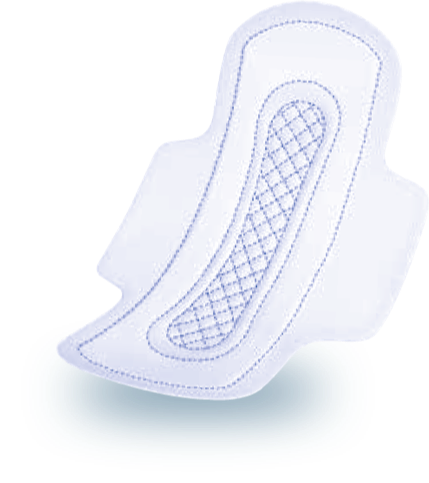Stayfree® Secure XL Ultrathin
Extra large with length of 280mm
Ultra Thin: with better coverage and adhesion system*
Individually Packed Pads: Easy to carry and dispose
*Vs old Stayfree® Secure Ultra Dry, 240 mm product


Gel lock Technology
that converts heavy flow into gel and locks it in
Odour Control
Keeps you feeling fresh

Dry Cover
that gives you superior dry feel
Directions to Use

STEP 1
Remove release paper from back of pad

STEP 2
Stick pad firmly onto the panty

STEP 3
Remove release paper from wings

STEP 4
Wrap them around both sides of panty and press firmly

STEP 5
Wrap used napkin in paper and throw into bin.
NOTE: DO NOT FLUSH
Stayfree® Secure Extra Large Ultra-Thin
Stayfree® XL Ultra Thin is 50% thinner and gives you up to 100% fluid lock. It fits your body perfectly and allows you to forget the feeling of your pad
It's just your period, focus on your move | STAYFREE® XL Ultra Thin
When it comes to following your passion, nothing should get in the way of you giving it your 100% percent, not even your pad. That’s why the new Stayfree® XL Ultra Thin is 50% thinner and gives you up to 100% fluid lock. It fits your body perfectly and allows you to forget the feeling of your pad. So what are you waiting for? Focus on #YourMove, and not on your pad.
Period Basics: Know More
Everything Periods
Menstrual Cycle Stages & More
There are four phases within menstrual cycle and can last between 24 to 38 days. Let's get to know the way each phase can affect you with Stayfree® India.
Growing up
Having the period conversation with your daughter
Talk to your daughter that a getting period is normal and healthy. Here are some tips for talking to your daughter about menstruation cycle to break society stigma around period.













